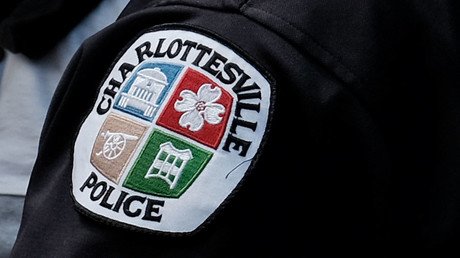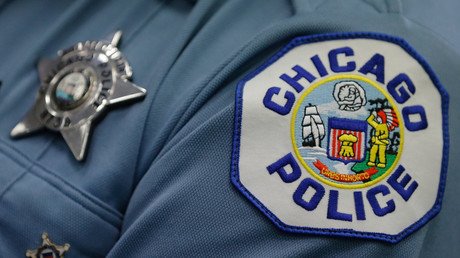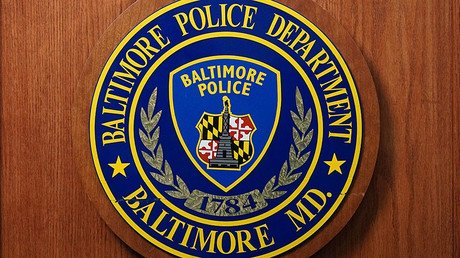Police fatality rate drastically drops to second lowest in more than 50 years
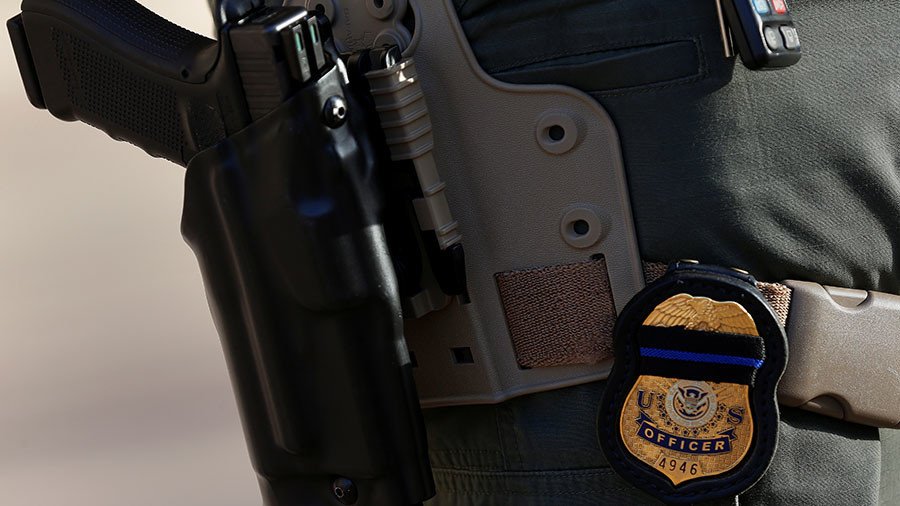
The number of police officers who died in the line of duty dropped to its lowest levels in four years in 2017. Officials attribute the decrease to advances in safety gear and training.
As of Thursday, 128 federal, state and local law enforcement officers died in the line of duty in 2017, a decrease of 10 percent from last year, according to a preliminary report from the nonprofit National Law Enforcement Officers Memorial Fund (NLEOMF) released Thursday.
The total number of officers killed in the line of duty this year is the lowest since 2013, when 117 officers were killed. Since then, the number of fatalities has been on the rise for the past three consecutive years, reaching a peak of 143 fatalities in 2016.
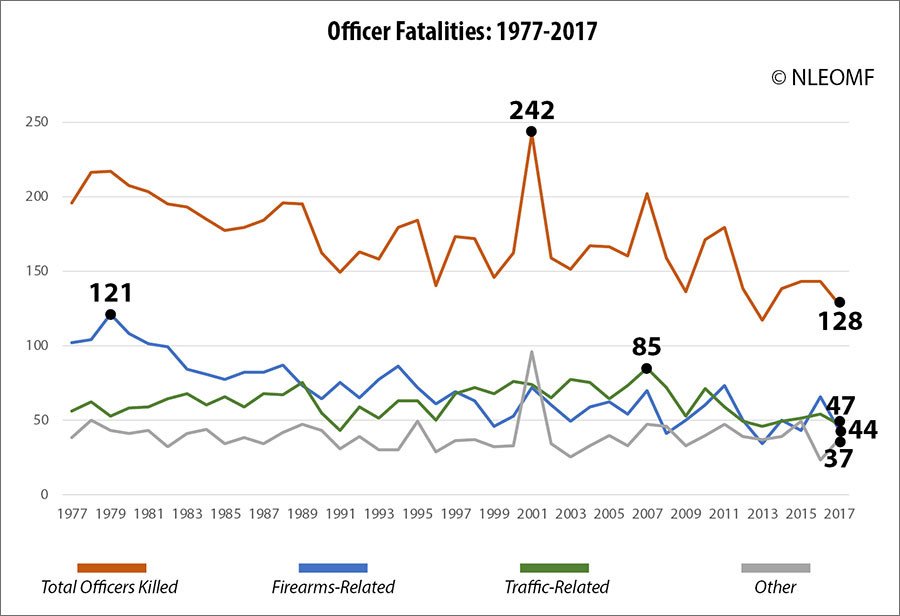
“After three consecutive years of rising deaths in the law enforcement profession, this year’s decline offered some encouraging news,” Craig Floyd, NLEOMF CEO, said in a statement.
Floyd added there has been a downward trend in the number of officers killed in the line of duty since the ‘70s, when there was an average of 234 fatalities reported.
Since 1970, the number of officer fatalities reached a high in 2001, with 242 officers killed while on duty. The spike was most likely the result of officers responding to the 9/11 terrorist attacks in New York City.
Traffic-related incidents were the leading cause of deaths this year, claiming the lives of 47 officers, a 13 percent drop from the 54 traffic-related fatalities reported last year.
Firearm-related deaths were the second leading cause of deaths, with 44 officers shot and killed on the job this year, a decrease of 33 percent from the 66 fatalities last year.
Handguns were the leading type of firearm used in fatal shootings of law enforcement, with 29 officers shot and killed by people firing sidearms.
The average number of firearm-related fatalities by decade decreased from 127 in the ‘70s to 53 in the 2010s. Floyd said the drop is most likely due to advances in safety gear, such as bullet-proof vests and de-escalation training.
“In my 33 years doing this, I've never seen the amount of awareness given to officer safety and wellness,” Floyd told USA Today. “That's definitely been paying off and will continue to help make law enforcement a significantly safer profession.”
Firearms-related law enforcement fatalities decreased in 2017. Forty-four officers were shot and killed in 2017 compared to 66 in 2016, a 33 percent decrease. Preliminary 2017 Law Enforcement Officer Fatalities Report: https://t.co/CFv490Qexu. pic.twitter.com/BYSRywxlwD
— NLEOMF (@NLEOMF) December 28, 2017
Of the remaining 37 police officer deaths, 16 were attributed to job-linked ailments, with 10 heart attack-related deaths. Seven of the officers died as the result of being beaten, with nearly all of them correctional officers killed during a single incident at a state prison.
Five officers drowned, all of them on duty during the recent hurricanes. Four officers died as a result of illness contracted during the 9/11 rescue and recovery efforts. Two officers died in a helicopter crash during the violent protests in Charlottesville, Virginia. Two officers died as the result of boating accidents and one officer was stabbed to death.
In 2017, law enforcement deaths due to causes other than firearms- or traffic-related incidents rose by 61 percent compared to 2016, with 37 officers deaths in various incidents above the 23 who died in 2016.More information at: https://t.co/CFv490Qexupic.twitter.com/yYnJtXXGk5
— NLEOMF (@NLEOMF) December 28, 2017
The average age of an officer killed in the line of duty this year was 42. On average, officers left behind two children. The state with the highest number of officer deaths was Texas, with 14 fatalities. A total of 14 states and the District of Columbia did not suffer any officer fatalities in 2017.
Randy Sutton, a former police lieutenant and spokesman for Blue Lives Matter, attributes the decrease in police fatalities to the so-called “Ferguson effect,” referring to nationwide protests triggered by the killing of an unarmed African-American teenager Michael Brown by a white police officer in 2014.
“There's a saying in law enforcement: You can't get in trouble for the car stop you don't make,” Sutton told USA Today. “They don't want to be the next Ferguson, the next officer burned on the stake.”
'African-American community is at genocidal rate killing their own' - Fmr Chicago police officer https://t.co/BRsKGnzCZtpic.twitter.com/Vh8pgX6DoI
— RT (@RT_com) December 21, 2017
However, the number of people killed by officers increased from 963 in 2016 to 971 this year, according to data compiled by the Washington Post.
